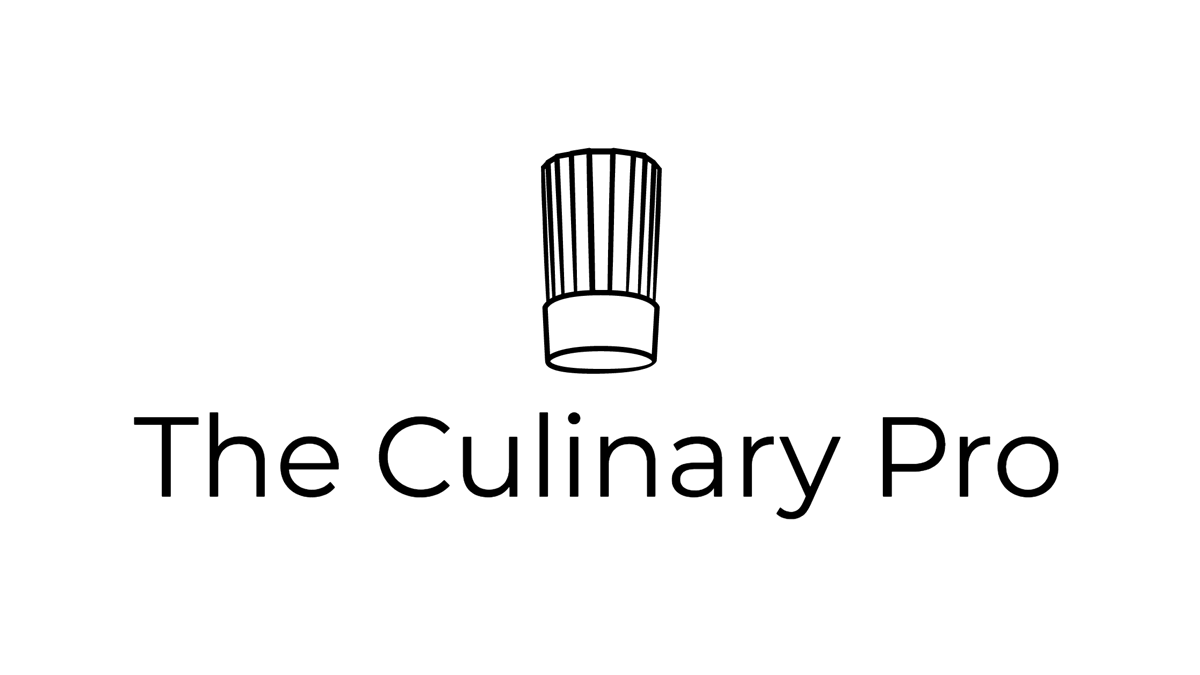Knife Skills
Knife skills are the single most important and fundamental skill a chef must acquire. They require repetition and practice to build speed and productivity. Good knife skills also require an organized workstation, properly sharpened knives, and disciplined technique.
Handling the Knife
Gripping a Chef Knife
The best way to hold a chef knife is to grip the heel of the blade with your thumb and forefinger and wrap the remaining three fingers around the handle.
Gripping the Knife
A good grip will give you better control, increasing cutting accuracy and speed while preventing slippage and lessening the chances of accidents.
The Guide Hand
Using a Guide Hand to Cut an Onion
The opposite hand is used for holding and guiding the food to be processed
Always curl the fingertips of the opposite hand into a claw shape; never lay them flat
Use the second joint of the opposite fingers as a guide for the knife blade; this will help control the thickness of the cut
Slide the blade across the product
A sharp edge will allow the knife to glide through the object with minimal applied pressure.
Techniques for dice, julienne, brunoise & batonnet
Uniformity & Consistency
Consistency in shape and size is important for two reasons
A uniform size will give the dish a better appearance
Uniformity in size means the product will cook evenly
Rocking, Gliding & Chopping
Some cutting methods will require different motions to achieve the desired outcome.
Examples
A forceful downward thrust when cutting through a block of cheese or halving a vegetable
A gliding motion when sliced or dicing
A rocking motion when mincing herbs
A chopping motion when coarsely chopped vegetables are desired




